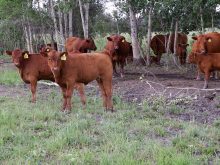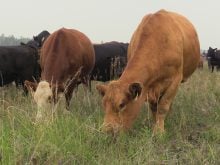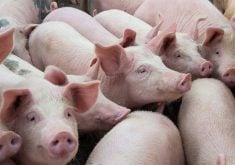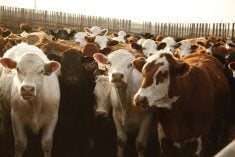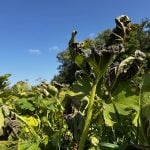LUNDAR, Man. – Dawn Hnatow constantly shifted her weight between her left and right feet as she walked behind a herd of two dozen heifers.
It was kind of like watching a 16-month-old child attempting to dance for the first time.
The sideways steps and weight shifting, while odd, proved effective because Hnatow was able to move the cattle into a holding pen after only a few minutes at a demonstration of her cattle handling skills in Lundar June 17.
The Lundar Agricultural Society invited Hnatow to Manitoba to speak about low stress cattle handling methods.
Read Also
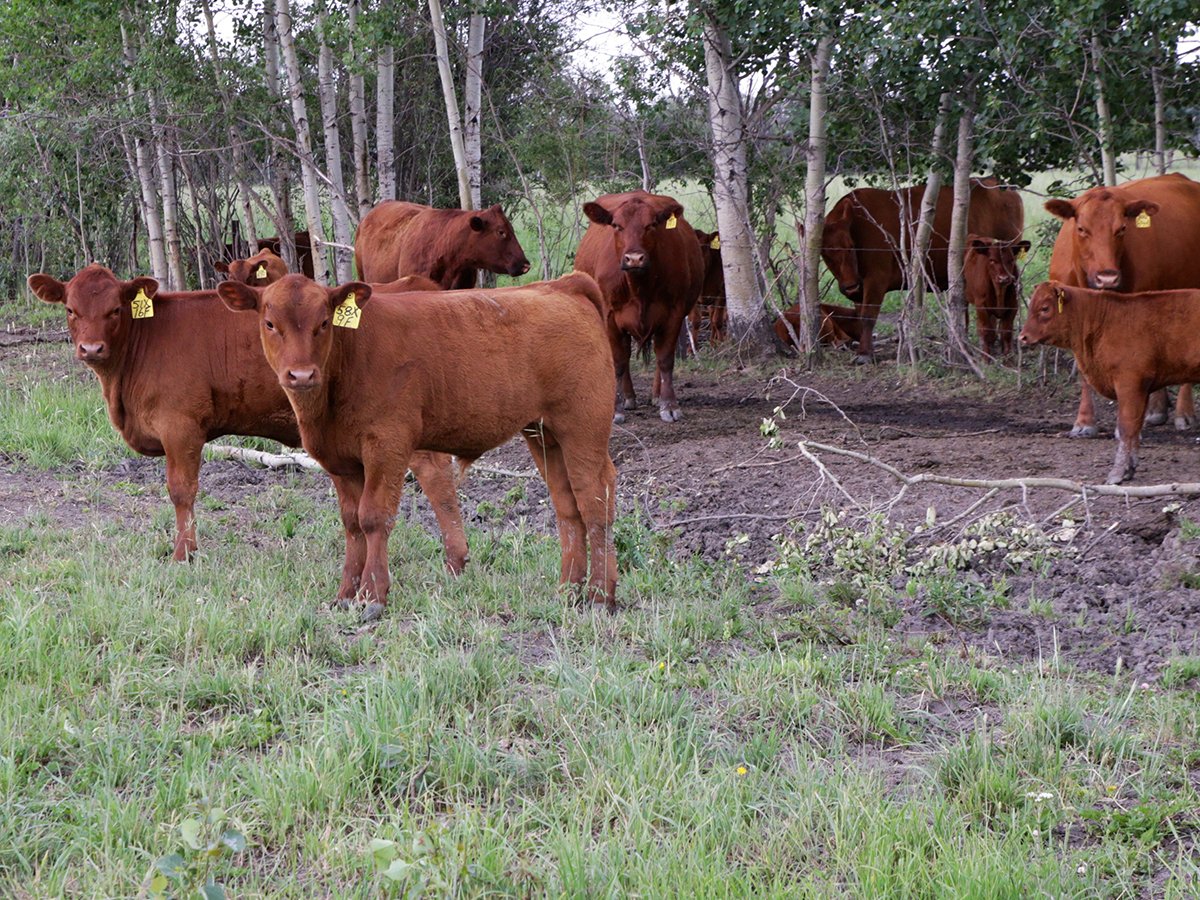
Feeder market continues the climb
For the week ending Aug. 30, Western Canadian feeder cattle markets traded $4-8 per hundredweight higher on average.
Hnatow, who grew up in Marwayne, Alta., and now manages a cattle ranch in Bowie, Texas, developed her skills while working with Bud Williams at Veetee Feeders in Lloydminster.
Williams, an international stockmanship expert, taught Hnatow how to work with cattle’s instincts rather than relying on human instincts.
“Our natural instincts are counter-intuitive (when it comes to cattle),” Hnatow told the 45 ranchers who attended the workshop. “It’s mostly about rewiring our brain about how
we deal with our livestock.” According to his website at www.stockmanship.com, Williams’ philosophy is based on what he calls reading animals’ behaviour.
“My method of working livestock consists of learning to ‘read’ what the animal is telling you and change your position so that she wants to go where you want her to go.”
Hnatow used a marker and a whiteboard to outline the basic principles behind her approach.
She said a common mistake when trying to move animals in a straight line is to approach the cattle directly from behind while waving arms and making noise to encourage movement.
Instead, it’s better to approach from behind while moving in a zig-zagging pattern so animals can see the herder and sense his presence.
“They (cattle) don’t see the same way we do,” said Hnatow, who worked with Williams for more than 10 years at the Lloydminster feed yard. She said cattle have excellent peripheral vision, which is why the zig-zagging helps cattle keep track of the herder.
Hnatow also showed a video illustrating how not to move cattle.
A rancher on a horse attempted to sort out a brown heifer and push it through a gate.
The brown heifer and the 40 other heifers in the pen responded by frantically racing from fence to fence and bumping into each other as the herder struggled to move the animal toward the gate.
Hnatow said this kind of approach eventually works, but it also stresses all the cattle in the pen.
“We always get them, but we don’t think about the cost (on animal health),” she said.
“This is why we have the (high) morbidity and mortality rates we have in feed yards.”
Hnatow admitted she enjoyed the chaos and excitement of chasing cattle from fence to fence, but she said she has no desire to return to the “rodeo” style of handling cattle.
“To go back to the old way we used to work cattle, I couldn’t do it. I’d have to get out (of the business).”
Debbie Wimmer, who farms near Lundar, organized the workshop because several producers in the area were recently injured while working with cattle. Two broke their backs and another damaged an eye.
“Ten years ago … I broke my leg working with cattle,” she said.
“We were wrestling a calf and I pulled the calf onto myself.…. It shouldn’t have happened.”
Since then, Debbie and her husband, Chris, have attended several workshops on low stress cattle handling and adopted the Williams’ approach to stockmanship.
“It’s 100 percent different. You work with your cattle instead of against them…. It’s a safer and quieter way of moving cattle,” Chris said.
“It’s less stress all around. It’s more of a pleasure to work with them.”
Hnatow said she has refined her skills to the point where she can move 500 cattle by herself.
However, it didn’t happen overnight, and she urged producers to spend time with their cattle.
“You have contact with your animals throughout the season, but very few of us use that opportunity to work with them a little bit,” she said.
“If you find four or five around the salt box, then practice driving them. See if you can make them go straight. See if you can turn them…. It takes some time to develop some skill and it takes some time to be willing to make mistakes.”



